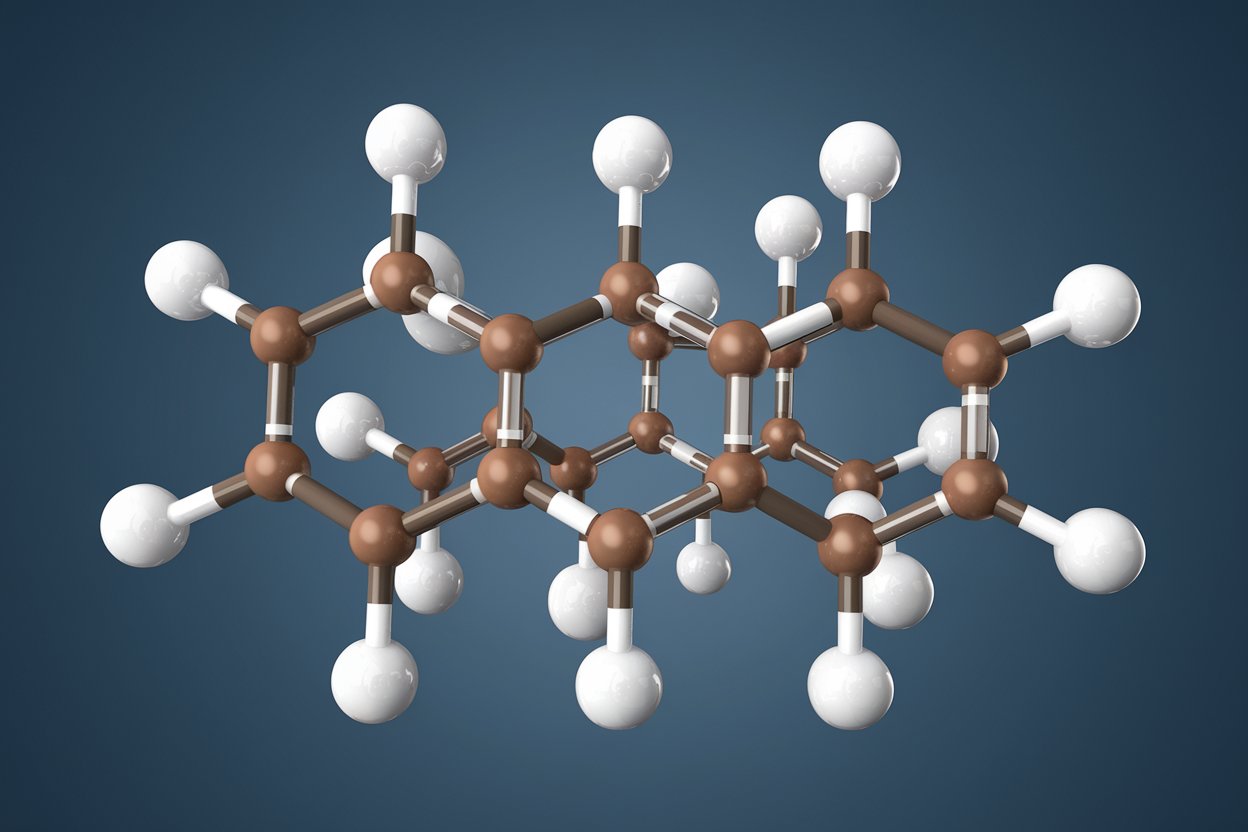
What is 29-Norlanosterol? This unique compound, found in certain plants and fungi, plays a crucial role in the biosynthesis of sterols. Sterols are essential for cell membrane structure and function. 29-Norlanosterol is a derivative of lanosterol, a key intermediate in the production of cholesterol and other sterols. Its structure is slightly altered, missing a carbon atom compared to lanosterol, which gives it distinct properties. Researchers study this compound to understand better how sterols are made and how they function in living organisms. Knowing more about 29-Norlanosterol can help scientists develop new medicines and treatments for various diseases.
Key Takeaways:
- 29-Norlanosterol is a crucial compound found in both plants and animals, playing a role in cholesterol synthesis and maintaining cell membrane structure. It also has potential health implications and is being researched for its therapeutic applications.
- Understanding the chemical structure and biological functions of 29-Norlanosterol can provide insights into its role in regulating membrane fluidity, forming lipid rafts, and contributing to overall metabolic health. Ongoing research aims to uncover its potential in treating diseases and its interactions with other sterols.
What is 29-Norlanosterol?
29-Norlanosterol is a fascinating compound with unique properties. It's a type of sterol, which are essential components in cell membranes. Let's dive into some intriguing facts about this molecule.
- 29-Norlanosterol is a derivative of lanosterol, a key intermediate in the biosynthesis of steroids.
- It plays a crucial role in the synthesis of cholesterol, which is vital for various bodily functions.
- This compound is found in both plants and animals, showcasing its widespread biological importance.
- In plants, 29-Norlanosterol contributes to the formation of phytosterols, which help maintain cell membrane structure.
- In animals, it aids in the production of steroid hormones, which regulate metabolism, immune response, and other essential processes.
Chemical Structure of 29-Norlanosterol
Understanding the chemical structure of 29-Norlanosterol can help appreciate its functions and interactions.
- The molecular formula of 29-Norlanosterol is C29H48O.
- It has a complex ring structure typical of sterols, featuring multiple carbon rings fused together.
- The "nor" prefix indicates the absence of a methyl group at a specific position in the molecule.
- This structural modification distinguishes it from its parent compound, lanosterol.
- The hydroxyl group (-OH) attached to the molecule makes it a sterol, contributing to its biological activity.
Biological Functions of 29-Norlanosterol
29-Norlanosterol is not just a structural component; it has several biological roles.
- It is involved in the regulation of membrane fluidity, ensuring proper cell function.
- This sterol helps in the formation of lipid rafts, which are specialized membrane microdomains.
- Lipid rafts play a role in cell signaling, protein sorting, and membrane trafficking.
- 29-Norlanosterol also participates in the synthesis of vitamin D, which is crucial for bone health.
- It has antioxidant properties, protecting cells from oxidative stress.
Health Implications of 29-Norlanosterol
The presence and balance of 29-Norlanosterol in the body can impact health in various ways.
- Abnormal levels of this sterol can lead to disorders like Smith-Lemli-Opitz syndrome, a genetic condition affecting cholesterol metabolism.
- Research suggests that 29-Norlanosterol might have potential in treating certain cancers by modulating cholesterol pathways.
- It may also play a role in neurodegenerative diseases, as cholesterol metabolism is crucial for brain function.
- Studies are exploring its potential in managing cardiovascular diseases by influencing cholesterol levels.
- Maintaining a healthy balance of 29-Norlanosterol is essential for overall metabolic health.
Research and Future Directions
Ongoing research continues to uncover new aspects of 29-Norlanosterol and its potential applications.
- Scientists are investigating its role in plant biology, particularly in stress responses and growth regulation.
- Advances in biotechnology are enabling the synthesis of 29-Norlanosterol for research and therapeutic purposes.
- Understanding its interactions with other sterols could lead to new insights into membrane biology.
- Researchers are exploring its potential as a biomarker for certain diseases, aiding in early diagnosis and treatment.
- Future studies may reveal novel therapeutic targets involving 29-Norlanosterol, paving the way for innovative treatments.
The Final Word on 29-Norlanosterol
29-Norlanosterol, a fascinating compound, has a lot to offer. From its unique structure to its role in plant biology, this molecule stands out. Scientists continue to study its potential benefits and applications. Understanding its properties can lead to breakthroughs in various fields, including medicine and agriculture.
While research is ongoing, what we know so far is promising. This compound's ability to influence plant growth and development makes it a valuable subject of study. As we learn more, the potential for practical applications grows.
Keep an eye on future discoveries related to 29-Norlanosterol. Its impact could be significant, opening new doors in science and technology. Stay curious and informed, as this molecule might just be a game-changer in ways we can't yet fully predict.
Frequently Asked Questions
Was this page helpful?
Our commitment to delivering trustworthy and engaging content is at the heart of what we do. Each fact on our site is contributed by real users like you, bringing a wealth of diverse insights and information. To ensure the highest standards of accuracy and reliability, our dedicated editors meticulously review each submission. This process guarantees that the facts we share are not only fascinating but also credible. Trust in our commitment to quality and authenticity as you explore and learn with us.
